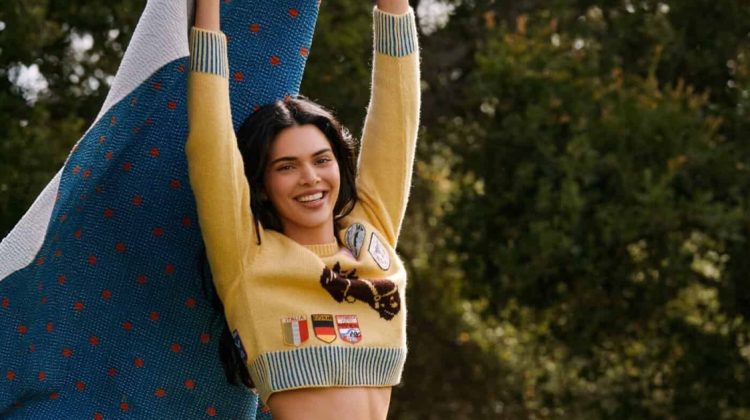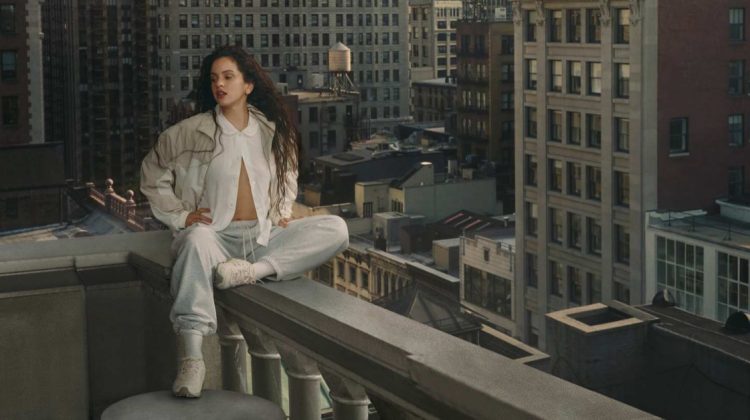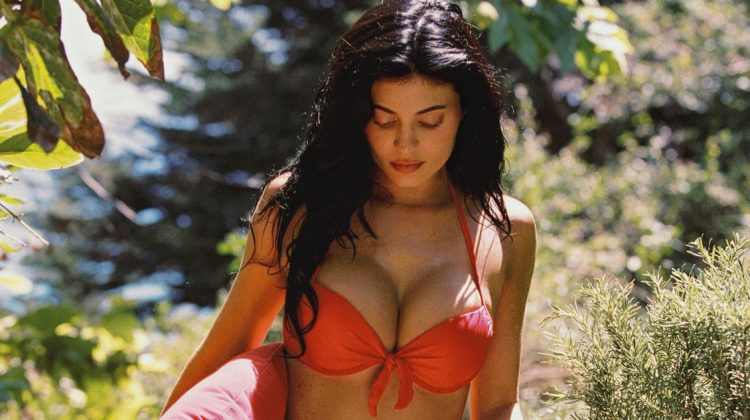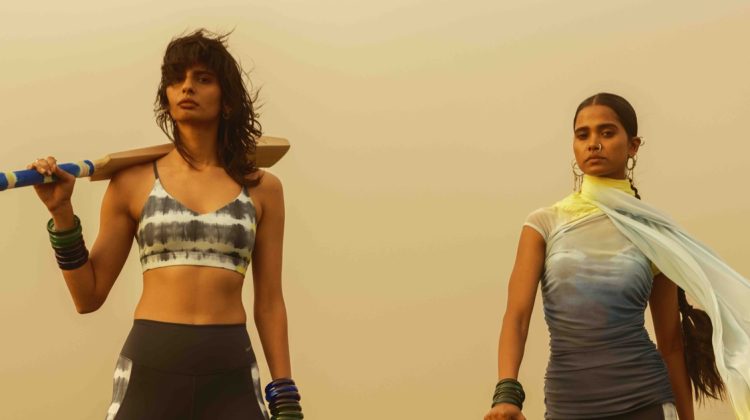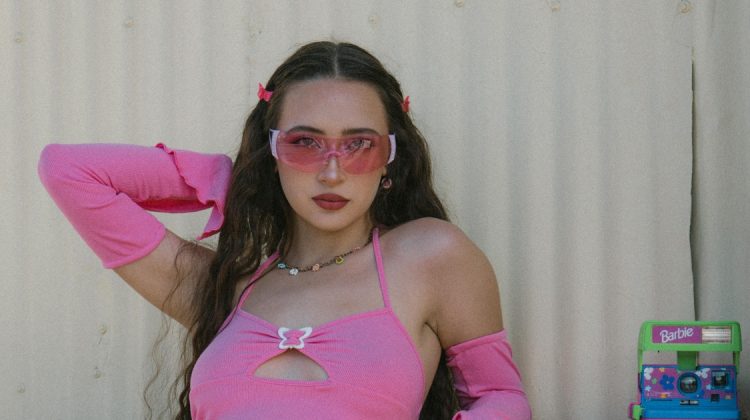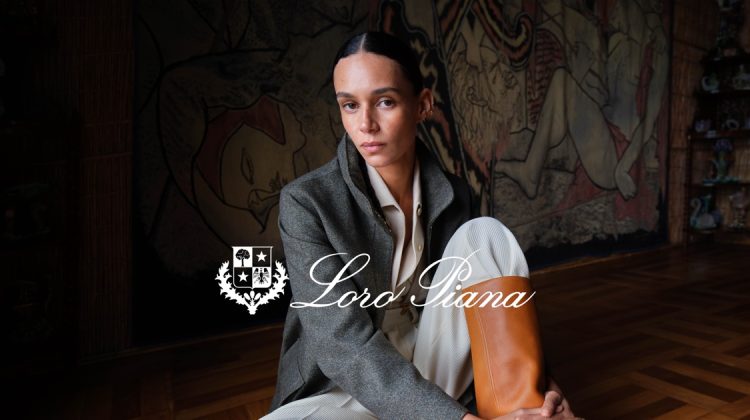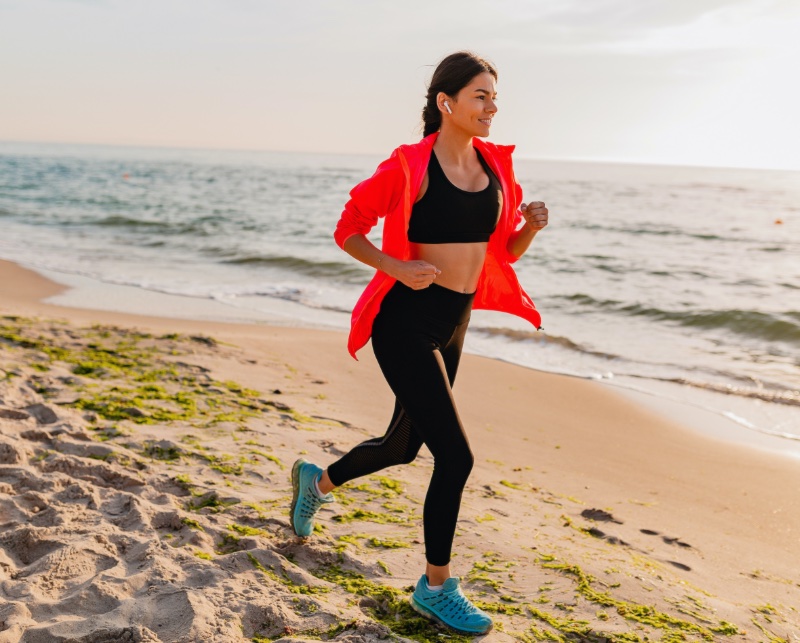
You might have picked up bits about the significance of shoe cushioning, but your understanding may still be hazy. No problem! We’ve partnered with Run United to explain how the level of cushioning in your shoes, be it excessive or insufficient, can affect your athletic performance, especially when running or walking.
Plus, we’ll provide handy tips on choosing the right cushioning in your shoes for the best comfort and support.
How Cushioning Works
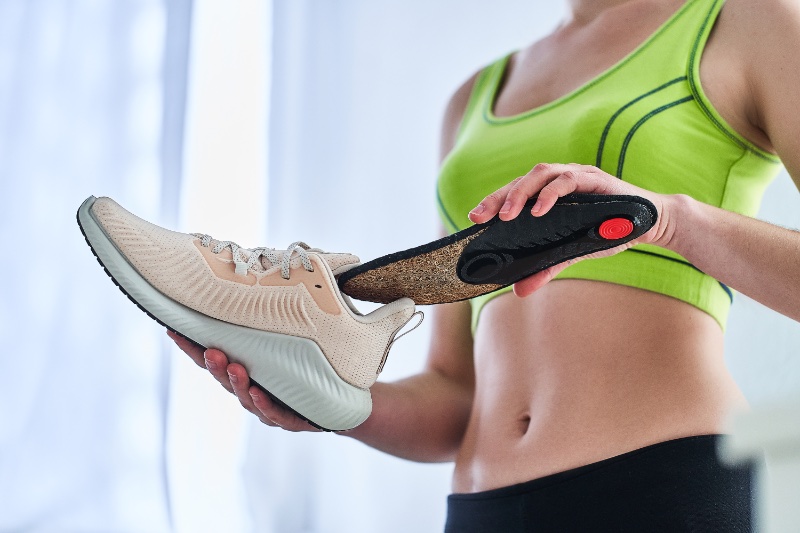
Cushioning impacts two aspects: shock absorption and energy return. Shock absorption refers to the ability of the cushioning material to reduce the force of impact when your foot hits the ground. It is critical in lowering the risk of injuries and reducing stress on your joints and muscles.
In contrast, the energy return is all about the responsiveness of the cushioning material. Applying pressure to the material compresses and returns some energy to you as it bounces back. This “springiness” can help improve your running efficiency, making each stride feel lighter and more effortless.
Now, let’s talk about the benefits that proper cushioning can bring:
Reduced risk of injury: Proper cushioning effectively absorbs and distributes impact forces, helping prevent stress fractures and decreasing joint and muscle strain.
Enhanced comfort during runs: The right amount of cushioning provides a comfortable landing surface for your feet, reducing fatigue.
Improved running performance: The right balance between shock absorption and energy return can lead to better energy efficiency, translating to less energy wasted and more used for propelling you forward.
Finding the Right Amount of Cushioning
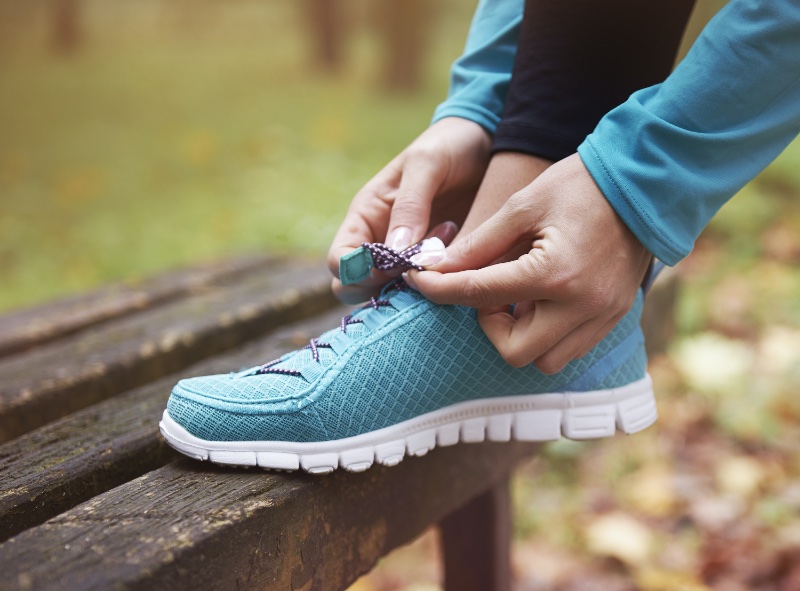
How do you find the right amount of cushioning for you? Let’s take a look at the following factors:
Running Style
Different foot strikes and running mechanics require varying levels of support and cushioning to ensure comfort, efficiency, and injury prevention. Let’s take a closer look at how running styles can affect your cushioning needs:
- If you’re a heel striker, meaning you land on your heels first when running, you’ll generally need more cushioning in the heel area. Because most of the impact force is concentrated on your heels, having ample cushioning helps absorb those forces, reducing stress on your joints and muscle.
- Mid-foot strikers land with their entire foot hitting the ground almost simultaneously. These runners need balanced cushioning throughout the shoe.
- Forefoot strikers touch down on the balls of their feet before rolling onto the rest of the foot. They may benefit from shoes with a beveled heel.
Also, it would be best if you kept in mind the following aspects related to running shoe cushioning: heel-to-toe drop and stack height.
- Heel-to-toe drop signifies the height variation between the shoe’s heel and forefoot areas. A higher drop (8-12mm) typically caters to heel strikers, providing more cushioning in the heel area. On the other hand, a lower drop (4-6mm) is often preferred by mid-foot and forefoot strikers, as it encourages a more natural stride. Some runners even opt for zero-drop shoes with equal cushioning throughout the sole, promoting a more “barefoot” running style.
- Stack height is the total thickness of the shoe’s sole, from the bottom of the outsole to the top of the insole. It gives you an idea of how much cushioning and protection the shoe offers. Higher stack heights generally mean more cushioning, while lower stack heights provide a closer-to-the-ground feel and better ground perception.
Running Terrain
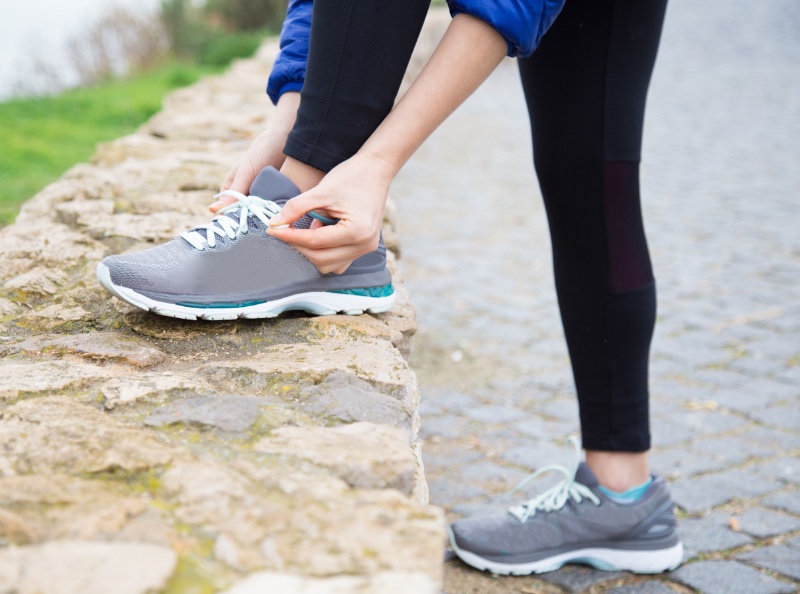
Think about it: jumping on a mattress differs from jumping on concrete. The surface’s ability to deform under impact significantly determines the force your body experiences. So, depending on whether you’re running on sand, dirt, or pavement, your cushioning needs will vary.
Additionally, it’s essential to consider variations in your strides. For instance, when running on roads, your stride tends to be more repetitive, requiring the same support from your shoes.
Personal Preference
Comfort is subjective. Some runners prefer a plush, well-cushioned shoe, while others lean towards a firmer, more responsive feel. Choose what feels suitable for you.
Some Brands to Consider
By considering factors like your running style, personal preference (more plush or more responsive feel), and the terrain you run on (pavement vs. trail), you’ll be sure to choose the perfect pair of shoes. If you need something to start from, here are some running shoe brands to consider:
Topo Shoes: Topo Athletic offers an array of shoes with varying levels of cushioning, often featuring a low heel-to-toe drop and a roomy toe box.
Hoka: Known for their maximalist approach to cushioning, Hoka shoes boast signature thick midsoles and lightweight design, perfect for runners seeking maximum cushioning and shock absorption.
Saucony: Saucony has a wide selection of shoes catering to cushioning preferences, from minimalist options to well-cushioned stability shoes.
Final Words
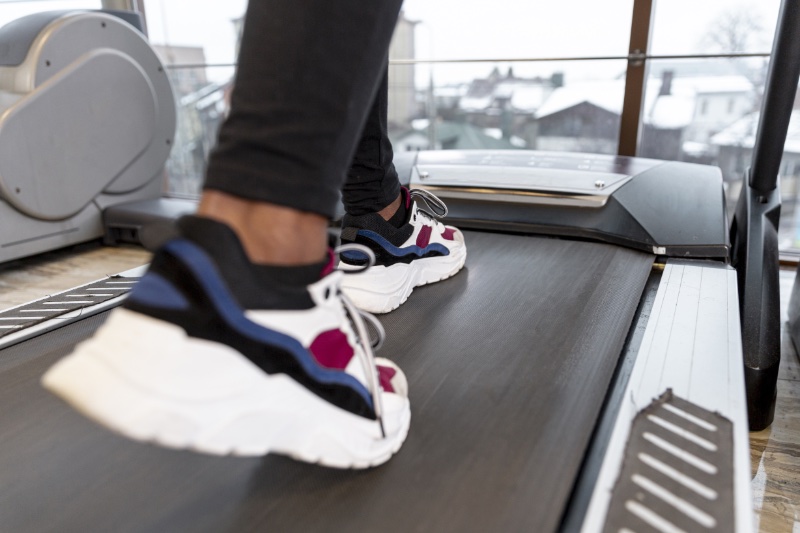
As we lace up this discourse, we hope it has cast a brighter spotlight on the pivotal role of shoe cushioning in enhancing athletic performance and comfort and reducing injury risk. We have unpacked the mechanics of cushioning, highlighted its benefits, and explored vital factors—running style, terrain, and personal preference—that should guide your selection process.
Remember that no ‘one size fits all’; what works marvelously for one runner may not work for another. Ultimately, your perfect fit synthesizes your running mechanics, the surfaces you traverse, and your personal comfort preferences.
Brands like Topo Shoes, Hoka, and Saucony offer various choices to align with cushioning needs. So use this guide as your compass, and embark on your quest for that perfect pair of shoes that merges comfort with performance.
